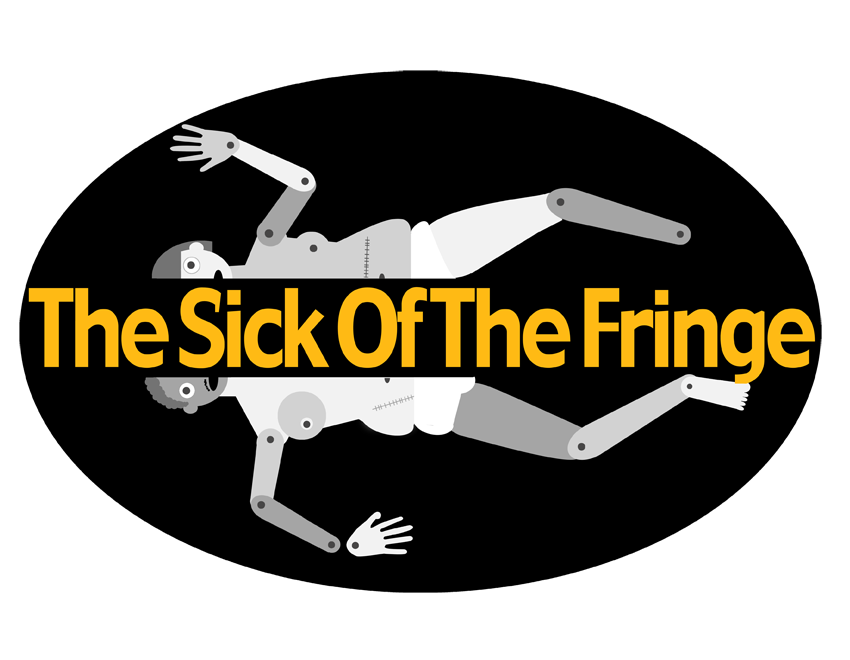Few body parts are more engaged with (both literally and metaphorically), in theatre and literature, as the heart, and The Inevitable Heartbreak of Gavin Plimsole joins a healthy tradition of artwork in which heartbreak informs a medical heart condition, and in which a medical heart condition informs the story of a heartbreak. In TIHOGP, the audience follows Plimsole’s diagnosis of a serious heart condition caused from malformation, and follows him through informing friends and family, confronting the big questions of ‘Why Me?’ and confronting the uncomfortable reality that no one (not even a young man) is invincible.
The innovation with SharkLegs’ production however, expands both the metaphoric and literal questions of fate and our beating hearts, done by asking audience members to don a heart monitor, the readings of which are projected in the performance space, and which affect – Choose Your Own Adventure-like – the choices of the central character. While Plimsole’s central purpose is to ask audiences to confront their own mortality and their own sense of carpe diem (understood as both a point of inspiration and exasperation), he also thoughtfully shares his reality as a man with a chronic heart condition needing to make constant potentially-life-altering decisions about foods to eat/avoid and activities to do/avoid. For those who develop chronic conditions, the transition from an invincible body to one negotiating limitations can be challenging, as evidenced by Plimsole’s quite legitimate anger/conversations with God/attempts to reconcile past relationship. Reflecting on my own experience of writing about my illness many years ago, which I did in a series called BALL & Other Funny Stories About Cancer, I am quite moved by Plimsole’s honest anger and frustration on display.
By inviting the ever-changing heartbeats of the audience into the space as an essential set piece, The Inevitable Heartbreak of Gavin Plimsole asks audiences to reflect on the diversity of life and experience and how, despite us drinking energizing Redbulls or calming chamomile, our hearts and brains are still quite unpredictable – and this is a reality as horrifyingly frightening as it might be deliriously freeing. (BL)
The Inevitable Heartbreak of Gavin Plimsole is on at 13.40 at Pleasance Dome until August 29th (not 16th). Venue is wheelchair accessible, hearing loop available - https://tickets.edfringe.com/whats-on/inevitable-heartbreak-of-gavin-plimsole
A few other projects on hearts, heartbeats and heartbreak:
Sheila Ghelani’s Covet Me Care for Me: http://www.sheilaghelani.co.uk/covet-me-care-for-me/
Ira Brand’s Keine Angst: http://www.irabrand.co.uk/?works=keine-angst
Marina Tsartsara and Miriam King’s work: http://marinatsartsara.weebly.com/blog
On Hubbub – A Wellcome Trust funded project, run by an interdisciplinary team looking at work, rest, noise, tumult: https://wellcome.ac.uk/press-release/exploration-rest-and-busyness-announced-first-project-hub-wellcome-collection
On Waiting for Diagnosis – Fuel’s While You Wait Series: http://www.fueltheatre.com/projects/while-you-wait



